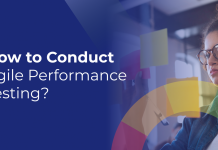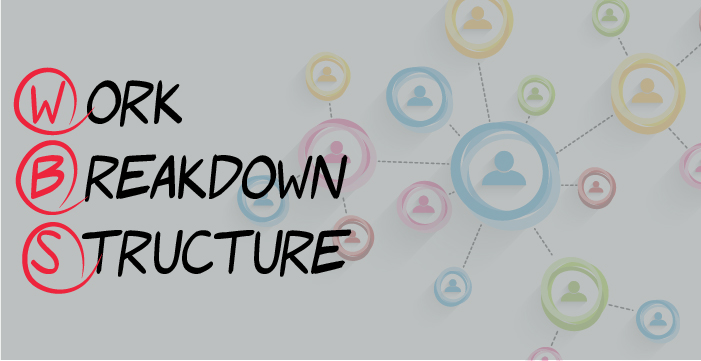
Scrum Methodology is quite easy. It is the opposite of a broad set of interwoven mandatory elements. Scrum is applying the empirical method of empiricism. Scrum replaces a programmed algorithmic approach with a heuristic approach, with reverence for people and self-organization to cope with unpredictability and solve complex problems.
Scrum is an Agile development technique used to build applications based on iterative and gradual methods. It is an adaptable, quick, scalable, and efficient framework designed to deliver value to the customer during the development of the project. The primary goal of this Scrum framework is to meet the needs of the consumer in an atmosphere of openness in communication, mutual accountability, and continuous improvement. The creation is based on a general understanding of what needs to be developed, drawing up a list of the characteristics ordered by priority (product backlog) that the owner of the product wants to acquire.
The Scrum Values and Roles of the Scrum Team
The scrum values consist of focus, commitment, respect, openness, and courage. The Scrum Team consists of a Product Owner, the Development Team, and a Scrum Master. Scrum Teams are self-organizing and cross-functional. Self-organizing teams select the best way to do their job, rather than being led by someone outside the team. Cross-functional teams have all the competencies required to carry out the work without relying on someone not part of the team. The Scrum team model is designed to maximize versatility, innovation, and efficiency.
Scrum Methodology and Process
Scrum is precisely the evolution of Agile management. Scrum technique is based on a series of well-defined activities and functions that must be included in the creation of software. This is a versatile approach that rewards the implementation of Agile concepts.
Scrum is conducted in brief and intermittent temporary blocks, called Sprints, which usually span from 2 to 4 weeks, which is the term for feedback and reflection. Each Sprint is an entity in itself, that is to say, it offers a complete outcome, a variation of the final product that must be able to be provided to the customer with the least effort possible when required.
The method has as its starting point a list of objectives/requirements that make up the project plan. It is the client of the project who gives priority to these goals, taking into account the balance of value and expense that is how iterations and consequent deliveries are calculated.
Why Scrum is More Popular Than Other Frameworks?
Scrum is more popular than other Agile frameworks as it comes with numerous benefits.
It has several advantages over other agile methods of production. It is currently the most commonly used and trusted reference system in the software industry. Here are some of Scrum’s established benefits:
1. Easily Scalable
Scrum processes are iterative and are managed within fixed timeframes, making it simpler for the team to concentrate on specific features for each timeframe. This not only has the advantage of delivering better deliverables in line with the needs of the customer but also gives the teams the opportunity to scale modules in an orderly, straightforward and simple manner in terms of functionality, design, scope, and characteristics.
2. Flexible Changes
Quick response to changes in consumer needs or industry developments. The approach is structured to adjust to the evolving requirements of complex projects.
3. Time to Minimize the Market
The customer will start using the most relevant project features before the product is fully ready.
4. Compliance with Expectations
The client sets out its expectations, showing the importance that each requirement/history of the project brings, the team estimates them and, with this knowledge, the Product Owner sets out its priority. On a regular basis, in the sprint demonstrations, the Product Owner verifies that the criteria have been met and forwards the input to the team.
Conclusion
As a Certified Scrum Master, you can inspire and direct your teammates with the scrum methodologies. You’re going to direct them and help the team work together smoothly. The Accredited Scrum Master certification tells your staff that you have the expertise and skills to lead an agile team effectively.
Thus, the structure of the scrum itself is clear. Laws, objects, incidents, and functions are easily understood. Its semi-prescriptive approach actually helps to eliminate uncertainty in the creation process, thus providing ample space for businesses to incorporate their individual preferences.
The arrangement of complex activities in manageable user stories makes it suitable for challenging projects. Furthermore, the consistent demarcation of responsibilities and scheduled activities promotes accountability and mutual control across the development cycle. Fast updates keep the team focused and the users satisfied that they can see the change in a short time.
Scrum might take time to learn, however, particularly if the development team is acclimatized to a traditional waterfall model. The principles of smaller iterations, frequent scrum meetings, sprint evaluations, and the selection of a scrum master may be a daunting cultural change for a new team.
However, the long-term benefits greatly outweigh the initial learning curve. Scrum’s success in designing complex hardware and software products across a wide variety of industries and verticals makes it a compelling structure for the company.
Some of the popular Agile Certifications Courses that individuals and enterprise teams can take up are:
- Scrum Master Course Online
- Online Scrum Product Owner Certification
- SAFe Scrum Master Certification Training
- Agile Scrum Foundation Certification Training
- Agile Scrum Master Certification Training
- PRINCE2 Agile Foundation Certification Training















